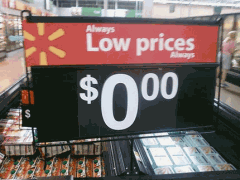 One of the great things about our community here at TeleRead is the way it fosters discussion—not just in the comments, but in the form of articles on our separate blogs. Nate Hoffelder at The Digital Reader responded to one Paul St. John Mackintosh wrote here yesterday. Paul observed a number of media outlets perpetuating the story that Amazon is losing money on its $50 Fire tablets, calling them “loss leaders,” and used the existence of $50 Chinese OEM tablets that turn a profit to point out Amazon doesn’t have to be losing money to sell its tablets that cheaply.
One of the great things about our community here at TeleRead is the way it fosters discussion—not just in the comments, but in the form of articles on our separate blogs. Nate Hoffelder at The Digital Reader responded to one Paul St. John Mackintosh wrote here yesterday. Paul observed a number of media outlets perpetuating the story that Amazon is losing money on its $50 Fire tablets, calling them “loss leaders,” and used the existence of $50 Chinese OEM tablets that turn a profit to point out Amazon doesn’t have to be losing money to sell its tablets that cheaply.
Nate noted that those $50 OEM tablets tend to be a lot more cheaply made than the $50 Fire, and the Fire represents a considerable jump in build quality at the same retail price. But I think Nate is assuming a false dichotomy. Paul is only arguing against the proposition that Amazon is losing money. He never said Amazon wasn’t intentionally breaking even or making a slight margin. If we assume Amazon is selling its tablet at close to cost at $50, whereas the OEMs are making a decent profit on their cheaper $50 tablets, Amazon can also make more money via its on-screen advertising. So you could say Amazon is effectively selling a $70 tablet for $50.
In any event, I think the point is that the existence of $50 tablets of any kind means that it’s not such a jaw-dropping feat for Amazon to come out with a better-made-one of its own, especially if it cuts into its own profit margin. As Paul noted, a lot of media outlets are breathlessly comparing them to $150-and-up name-brand tablets from other manufacturers and assuming Amazon is actually losing money on them, and that’s what Paul’s article was arguing against.
Of course, even that’s not the whole story in this synergistic digital market. Even a break-even Fire will have the effect of making Amazon’s other products more profitable, by making it more attractive for Fire-owning customers to buy other stuff from Amazon. That’s the kind of thinking Amazon is doing. And Amazon doesn’t have to give away the proverbial razors if it can beat everyone else by selling them at cost.
Here’s another point to ponder: as I noted last night, the Fire tablet is remarkably not locked down. I didn’t have to root it or whisper magic incantations (well, relatively speaking) to get the Google apps onto it. I effectively just enabled the same developer and debugging options that every plain-vanilla Android tablet has, because that’s what the Fire is—a plain-vanilla tablet with a customized launcher and tweaked OS, and without the Google suite installed at the factory. Contrast that to the Nook HD, which didn’t permit installing apps from non-trusted sources without completely wiping out NookOS and installing CyanogenMod anew.
I was mentioning this to a friend last night and he pointed out that it might be an intentional decision on Amazon’s part, rather than an oversight. As he said, Amazon isn’t stupid—if they can make their tablets more attractive to hardware hackers by making it easy to add “missing” stuff in while not completely wiping out the Amazon ecosystem stuff that’s there already, it means they sell more tablets and get more people to stay in the Amazon ecosystem.
As Paul said just now, the $50 Fire may represent Amazon’s next “category killer”—up to this point, one of the most attractive things about e-ink was that it was cheaper than a good LCD tablet. But when Amazon turns that topsy-turvy with a decent $50 tablet, is that going to wipe out e-ink now? (Personally, I doubt it—people who do serious reading might still want the e-ink readability and lack-of-eyestrain advantage—but we’ll see.) It’s too early to know for certain, but I think the next few months have the potential to be a very interesting time for the e-reader market.


















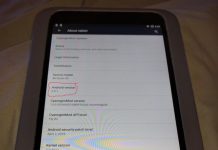
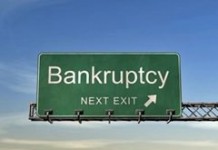

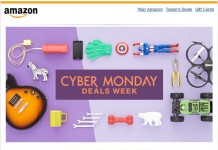
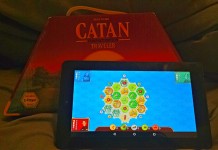











The jaw-dropping feat is that it comes with Amazon’s distribution network. The day before the $50 Fire was announced, I was asked for advice by a startup looking for a cheap device for an ‘Internet of Things’ product aimed at a small business segment. I had a pretty good idea of the general landscape, but was doing some research into suppliers when the $50 ($42 in bulk, btw) Fire was announced. I advised them to send their customers to Amazon (via an affiliate link) to buy the cheap Fires and put their software in the Amazon store. This has huge advantages over other ways of achieving what this particular startup wanted. Without an established supply chain, there is no way to beat that deal. Maybe not even with one.
The value of a device is more than the sum of the parts.